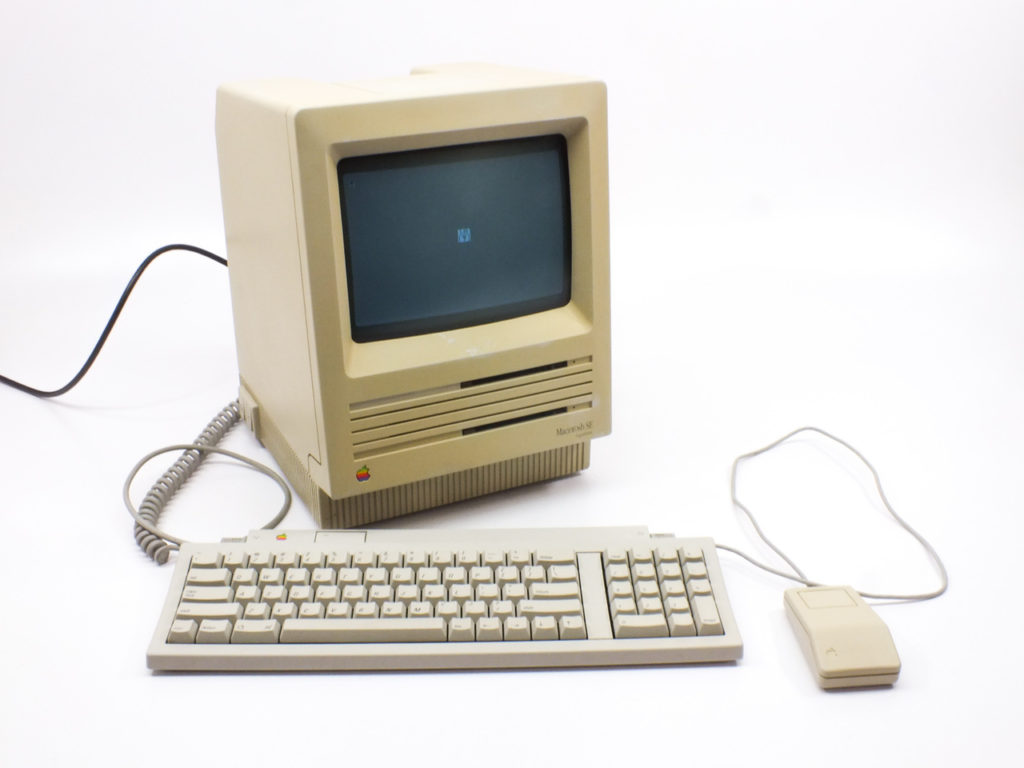I recently decided that it was time for a major refresh. Web’s Best Designs, the studio name that I had created back in 2002, has been officially rebranded as Beyond Forward. This blog post represents the very first post using this new brand, and I plan to write more about its evolution in a future post. But, for now, I thought it would be fitting to take a look back, before looking Beyond Forward.
Back in the Graphic Design stone age of 1988, when I was in Art School, there were no actual digital designers around yet. My computer design class was taught by a computer programmer who had a thinly veiled disdain for artists. Clearly, the guy just needed a job and in his mind, this was the bottom of the barrel. It’s a strange realization now, looking back at that class, and at where we are today in the field of Graphic Design and Illustration. I distinctly recall using an Apple SE computer to create what was essentially an Atari 2600-level rendering of a tree. And this was considered digital illustration. I also recall proclaiming at one point that there was nothing that a computer could do that I couldn’t do better with a pencil and a sheet of paper. In 1988, this was true.

Shortly after my computer graphics class ended, the school replaced the Apple SE machines with the latest version, the SE/30. That computer seemed incredibly more advanced than the one I had been using, although in hindsight I don’t think it was significantly improved. But it made me pause in my assertions. I thought that maybe, just maybe I was wrong about a computer’s potential as a design tool.
Regardless, I didn’t get a chance to do anything more with it while in school. Many of my classes still dealt with developing photographs for print in an actual dark room, using letraset letters and copy and pasting a layout together with a t-square, ruler, x-acto knife and glue. I had no idea just how obsolete these skills would soon be. Even the terminology would soon be applied differently. ‘Cut and Paste’, for instance, had a very different meaning thirty years ago.
But until the digital art tools became accessible, I had learned how to build a layout with my hands, and with physical tools that required traditional hand-eye coordination to measure, arrange and place the objects of a layout together on a board. And I hated every aspect of it. I despised it so much, in fact, that I avoided Graphic Design work until photoshop entered the stage. In 1993, when I worked at Malibu Comics, I saw firsthand the emergence of an entirely new way of illustrating with a computer. It was a fascinating thing to witness. And kind of terrifying.

